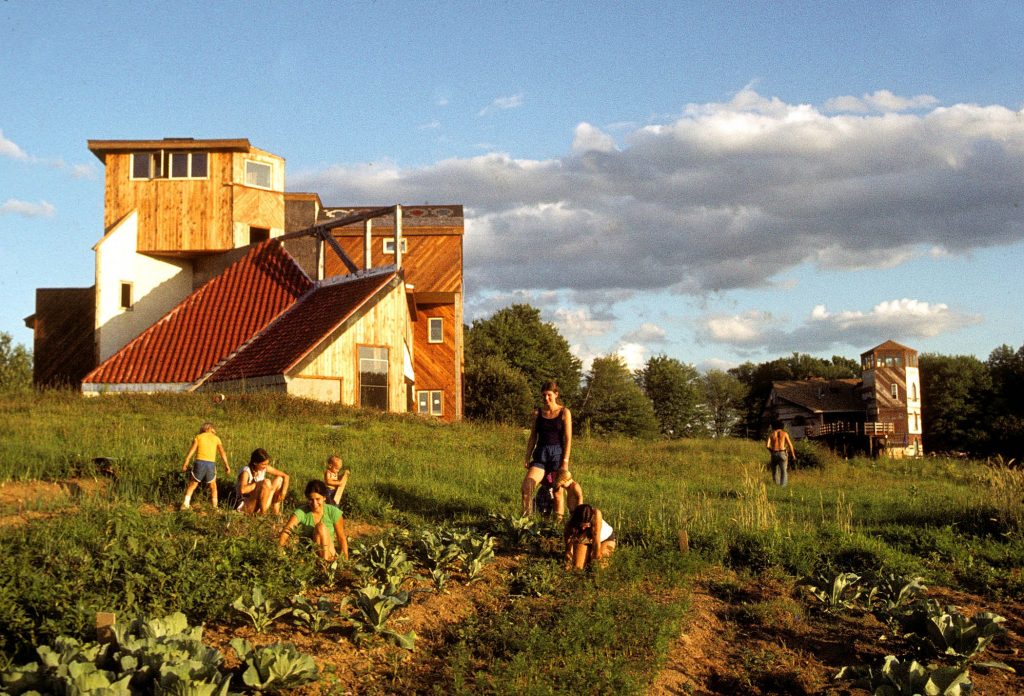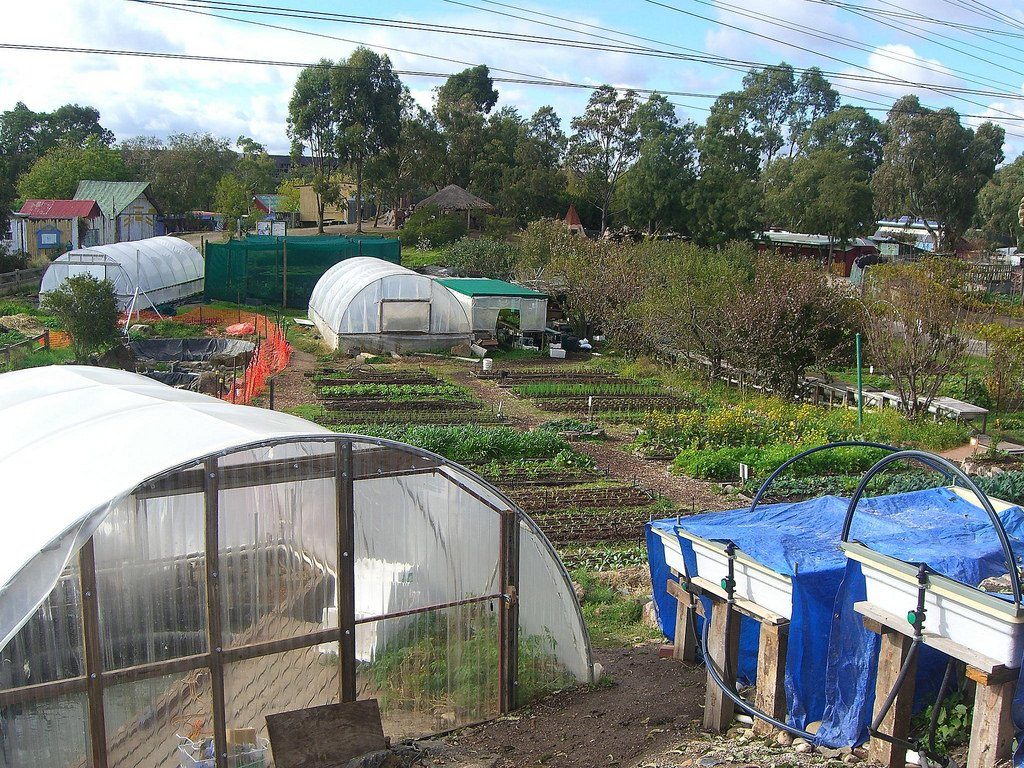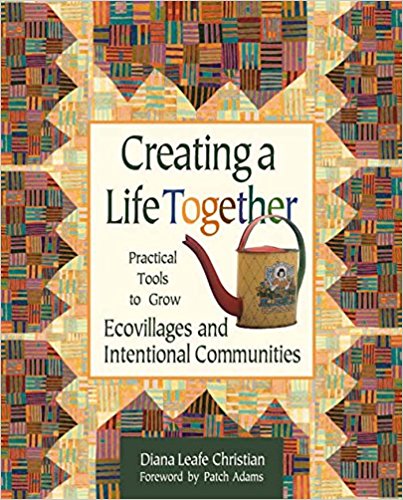Do you remember the community feeling of summertime as a kid?
I can still remember the smell of pine trees, gardening with my mom, and eating popsicles in the woods with my neighbors, while we climbed on boulders and looked for turtles by the stream. We had BBQs, flashlight tag, and pool days with my cousins. I went to a summer camp with the rustic cabins, communal meals, campfires, and the glimmering lake in the distance.
The one underlying factor was the community. Especially as a single parent, I want that–every day, for the rest of my life.

I have a dream, as do many other moms in my sphere of influence. I have a vision of an intentional community that satisfies my need for support, sisterhood, and extended family for my child. That would allow me to continue to stay home, but cut my cost of living down so that I could focus on my child, without the added stress of the rising cost of living. This dream is so vivid, so planned out, that sometimes I get choked up thinking about it and what it would do for my family.
But the problem lies in the execution.
The majority of co-housing and intentional communities do not have financial affordability as one of the main characteristics. In fact, most expect you to buy a property, which is just not feasible for the majority of people who long for a community that is supportive emotionally and financially.
Where do we go from here? Where do we go when it’s becoming increasingly clear that many of us strive for an affordable environment that fulfills our need for community?
What are our options? Are intentional communities just for the entitled and/or wealthy?
I long for a property that has land and plenty of woods for children to roam, run, and just be children.
- The property would have an old farmhouse where the first floor was devoted to community spaces, homeschooling rooms, lounging, crafts, workshop/yoga spaces, and communal dining.
- The upstairs living spaces would be for guests or families in need of a supportive living environment while they transition to single parenting or handle temporary financial crisis.
- The property would also have a workshop and barn for social gatherings with the larger community.
- Each family would live in their own tiny house, RV, or camper.
- An intentional community could provide a place where we could live, work, and learn together.

Here are some options to make this dream a reality:
1. Start by renting/buying a property where we could live communally, without private living quarters. (This option could either be a dream come true or complete hell.)
2. Find a property that already has a main house and is legally allowed to also have tiny homes or campers on the property.
3. Buy an old campground, summer camp, or trailer park community.
4. Start a new community from the ground up.
The possibilities are endless, but most involve financial backing. The majority of families that need it the most are focused on raising kids, finding ways to support their families while staying home, and/or homeschooling their children.
Undoubtedly, there is a need for communities like this all over the country, especially for single parents.
Are you a single parent or a one income family? What would your ideal living situation look like?
Do you think an intentional community could add value to your life?

 Get the book here on Amazon!
Get the book here on Amazon!


